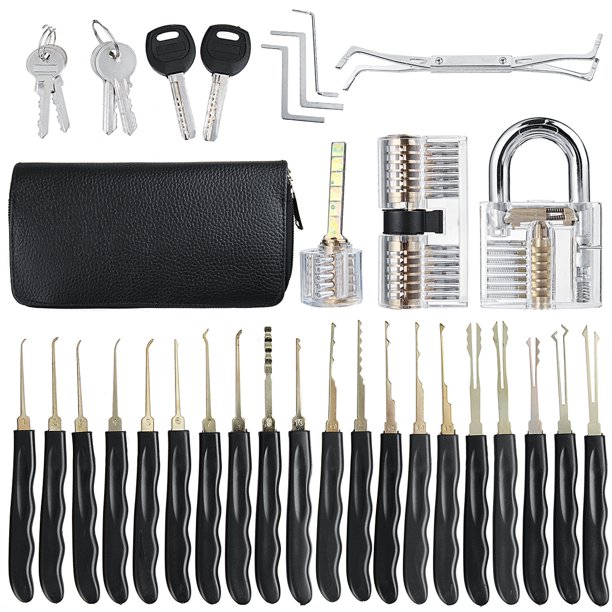Physical bypassing includes lock picking as a subset. A bypass is any method of avoiding or traversing an obstacle that is not the standard route. On the other hand, bypassing takes advantage of some design defects.
Rake
In general, two kinds of rakes stand out from the others. The “City rake” is the name of the first (L rake). The saw blade design of the instrument encourages a rocking motion due to the rake’s intention to imitate biting on the key. This is a list for a starter lockpicking set; thus, there may be situations when the keyhole is too small. The Bogota rake is among the best (or at least most popular) available. Hardly any other tool is as good as a rake. Bogota is the ideal first tool. The traditional method of using this rake is rapidly inserting and withdrawing the instrument from the keyhole.
Bogota is the best tool for beginners. The conventional method of using this rake is rapidly inserting and withdrawing the instrument from the keyhole. Due to the harsh nature of their use, European lock rakes should ideally not be too thin. When a rake’s blade is too thin, it cracks considerably more quickly.
Hook
A hook’s versatility goes beyond its primary function as a single-pin plucking instrument. The number of times a specific hook is used is determined by the hook’s size and the keyway’s dimensions and form. Inverting the hook such that the peak is at the bottom of the keyhole allows it to be rocked like an “L” rake. Using a hook, it is possible to “bitch” pick a lock. Randomly picking a lock without knowing what pins are being interacted with or how they are being set is known as “bitch picking”. The last method is the tried-and-true one of individually fixing each pin (single-pin picking or SPP). It’s no surprise that this particular pick is a staple in the locksmithing and lock picking professions, given how many different locks it can open.
Three-Quarter Diamond
The half diamond’s use depends on the keyhole’s width and the pointy end of the tool’s length. The half diamond is offered in three sizes—large, regular, and small—just like any other pick. The small is the most practical, the medium is suitable for most jobs, and the large one might need to be filed down; however, these specifics will vary according to the manufacturer. The point of the instrument is triangular. Because of the slant, it may slide over the tops of the pins and slide under the pins in the keyway.
When you put a lot of pressure on the lock, the tapered edge allows you to shift the pins. The pins are adjusted by pushing the half diamond forward in the lock; thus, this is possible. You’d need a lot of room around the gadget to use a hook on it, which is probably not an option. Setting the pins in this manner can also be used to zip the lock. You may use the half diamond in the same manner as a rake would at the back of the keyway, then rapidly remove the key from the lock.
Conflicting Forces
The unsung hero of the lockpicking set is the tension wrench. Applying torque to the lock is required during all these steps and when using all these implements. Tension is crucial, and its significance cannot be overstated. Both too little and too much stress will prevent the pins from setting correctly. Because its most basic form is only a piece of thin rectangular metal bent at 90 degrees on either side, these tools are the simplest to create on your own. Tension wrenches can be made more efficient by serrating the “L” or purchasing one already serrated.





